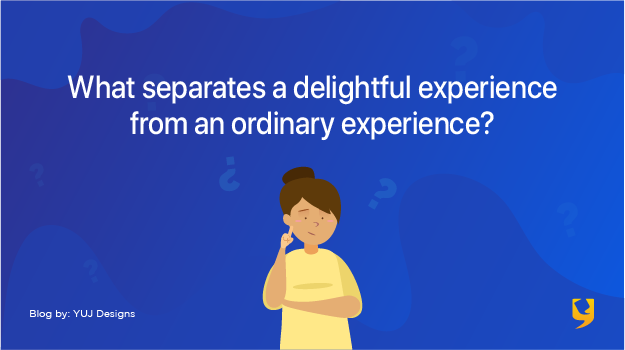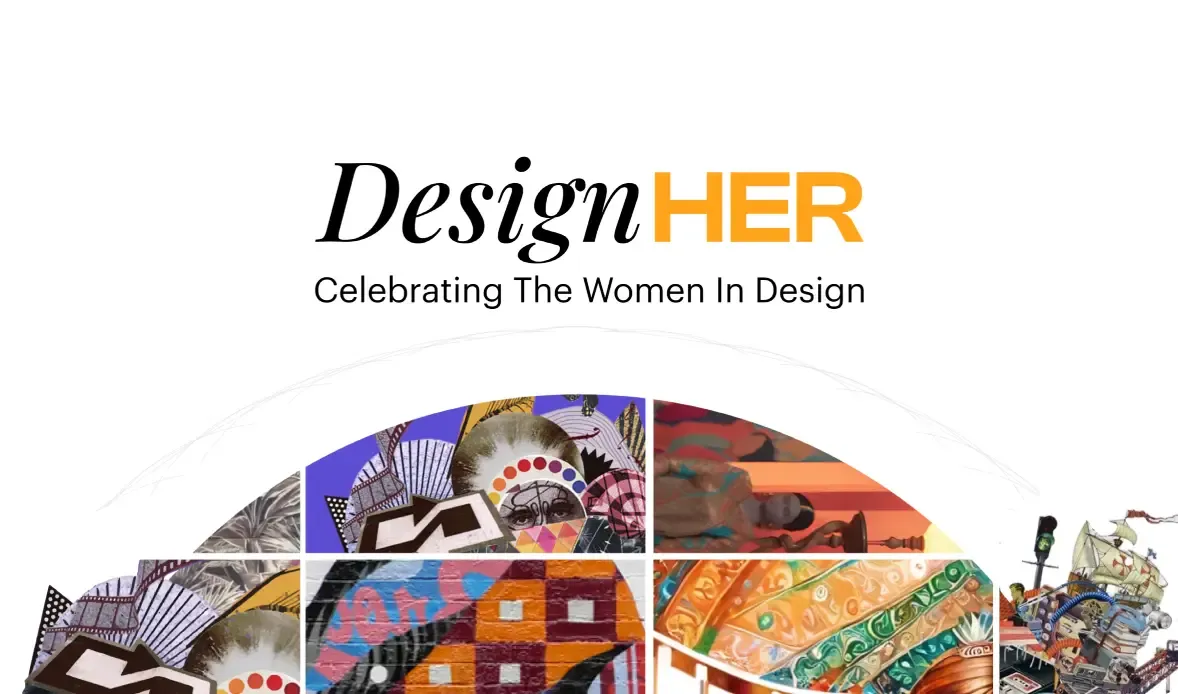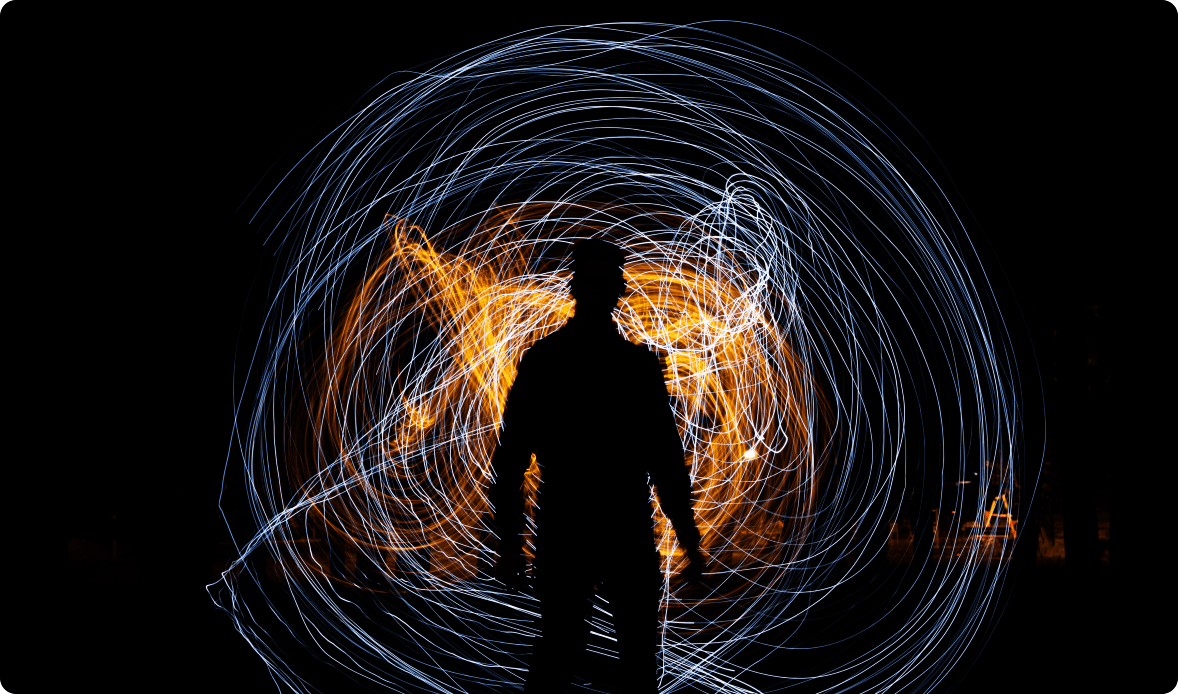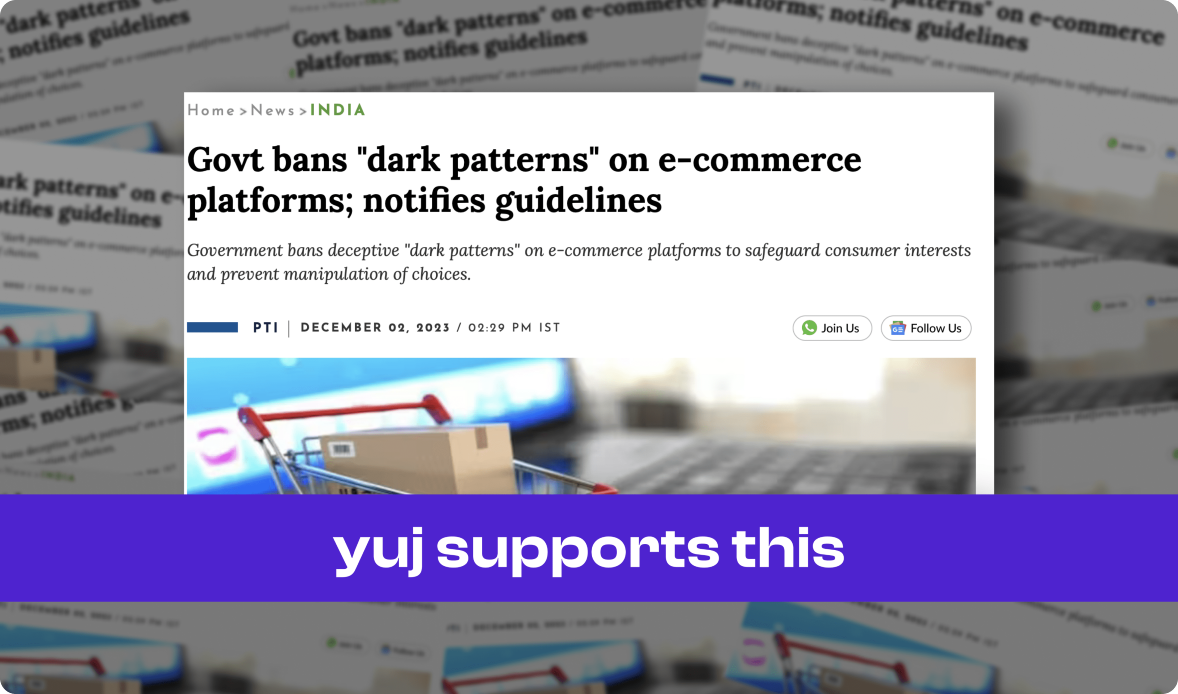
Delight is understood as the result of an experience where one receives more than what one expects. This simplistic definition holds good for a world that deals in commodities. Especially in scenarios where ‘more’ can be quantified. We know of the classic example of the ‘baker’s dozen’, where a grocer gives 13 eggs to the customer who orders for 12. Delight surely results the first few times. But as the customer gets used to receiving the extra egg (so much so that a phrase is coined for it) the grocer needs to push the increment for the dozen. And so goes the story of an ordinary, expected delivery to an extra-ordinary, delightful one.
When it comes to design, deliverables are often perceived in ways that are not always quantifiable. So it is with most services. Buyers of design services or users of designed products carry preconceived notions of what they can expect from a delivery. These notions are informed by their exposure to similar services in the past, whether in first person or through the anecdotes of others, and by what they may have read about. When designers are able to map this expectation and deliver to it, the buyer’s or user’s experience plateaus – is ordinary. I must call out here that the word ‘ordinary’ is not an underachievement. Because everyone who has done any serious research knows that the most difficult thing to understand is the mind of another. And as designers, we are constantly preoccupied with this.
There are two levels, if you will, in understanding the expectations of a buyer or user – the conscious level and the sub-conscious one. Diligence in research leads to insights regarding conscious expectations and subsequently informs a sure shot ordinary experience. But when designers aim for ‘delight’, attempting to understand the subconscious expectations of a buyer or user, traditional or straightforward research methods don’t cut it.
How do designers achieve delight? (It is important to note that this might not be always feasible and attempting to do so might end up being counter-productive to project goals.) It has to start with an intent to go beyond what is expected or defined in the spec document. Designers move from an outside-in perspective on the problem at hand and place themselves, even literally, in the user’s shoes. And when they become the users themselves, applying design practices and approaches to solve problems or create opportunities, they stand the best chance of delivering a delightful experience. I would daresay all the great designs of our time, across domains, were conceived like this.
Here is an article you might be interested in.How old is User Experience?
Amplify your brand presence with the best UX design studio that truly aligns your needs with those of your consumers! Get in touch with us at YUJ Designs, today!





